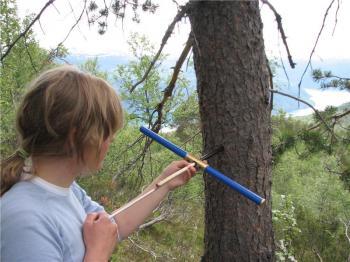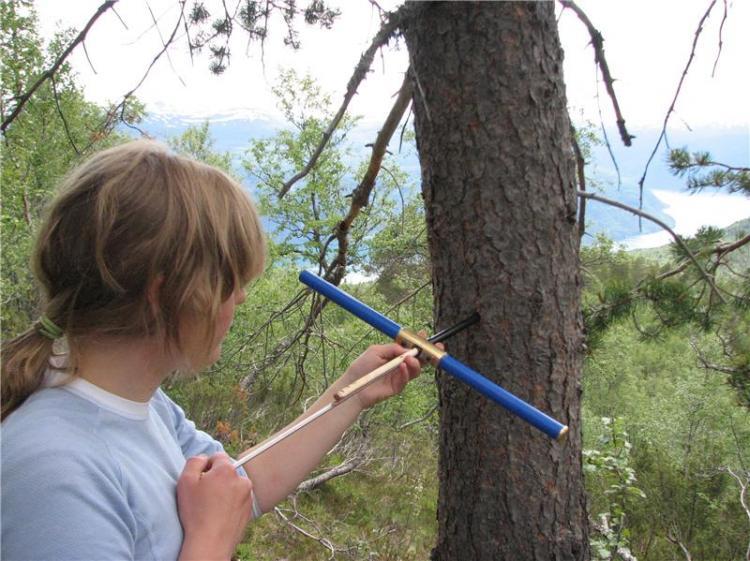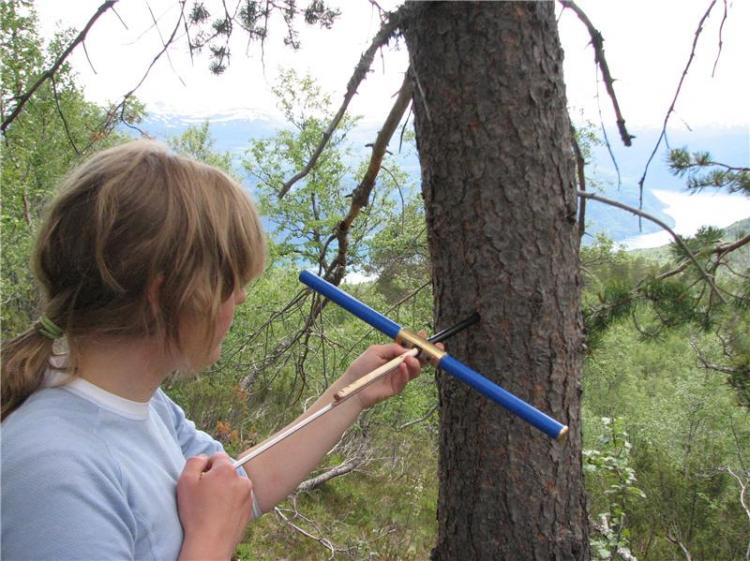“We were astounded to find fresh wood in trees that started to grow in the late 1200s and had died almost 500 years ago, which is much older than we originally expected. Somehow they have kept from decomposing for several centuries in this humid climate,” said Terje Thun in a news release.
“This is quite extraordinary—I would go as far as to call it sensational.”
Thun is an associate professor at the Norwegian University of Science and Technology’s (NTNU) Museum of Natural History and Archaeology. He conducted the research with his colleague Helene Løvstrand Svarva.
Sogndal, where the trees were found, is located on Norway’s southwestern coastline. With an average of 61 inches (1.5 meters) of rainfall annually, the city’s humid climate ought to encourage rotting of organic matter, yet it is not so for these trees.
Secret Ingredient of Mummification
Thun said that when a coniferous tree dies, it produces a lot of resin, a hydrocarbon secretion that prevents microorganisms from decomposing the tree.
“Nevertheless, preventing the natural breakdown of the wood for centuries is quite a feat,” said Thun, one of Norway’s leading dendrochronology experts. Dendrochronology is the dating of trees based on the analysis of tree-ring patterns.
Back in ancient Egypt, resin played an important role in the mummification of pharaohs. Its preservative ability has been known for millennia, yet the trees’ self-mummification in such wet climate for centuries was new to NTNU scientists.
“Many of the trunks we dated turned out to have seeded in the early 1200s, and had lived for more than 100 years at the time of the Black Death around 1350,” Thun said. “That means that the dead wood has ‘survived’ in nature for more 800 years without breaking down.”







Friends Read Free